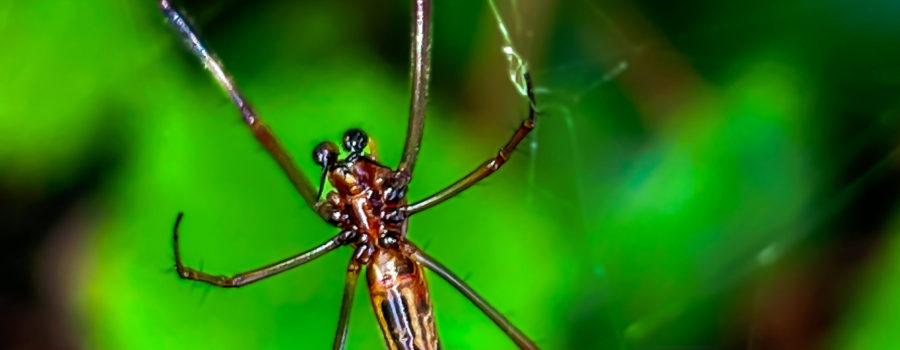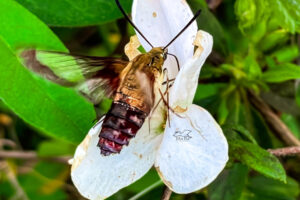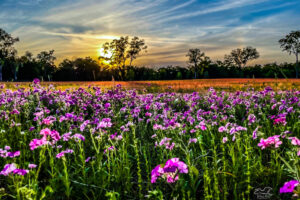Female Orb Weavers are Larger and More Colorful than Males


The habitat in this area is great for quite a few spiders, many of which are orb weavers. Fall tends to be the prime breeding time for most of these spiders. They have spent the summer eating and getting fatter, and soon it will be time to lay eggs. After breeding and laying eggs most of the adults will survive until the first frost and then die. The babies will overwinter either as eggs or as spiderlings that hide in leaf litter, cracks in tree bark or in other protected places. During much of the summer we see female spiders hanging in their webs, but it’s rare to actually spot the males. Most of them don’t build webs, but instead pirate the webs of females. They are also considerably smaller and not as intricately marked as the females, so it’s easy to overlook them. Now that it’s breeding time, though, you can sometimes see them in the female’s web. Not long ago, I was lucky enough to find such a pair. I tried to get some shots that really show the difference between the two sexes. This pair happens to be yellow garden spiders, also known as black and yellow garden spiders (Argiope aurantia), but the differences are similar in most of the orb weavers.






Recent Comments